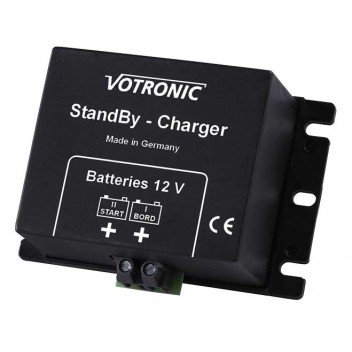Solarfun4jim
Solar seduced :-)
My RV (under conversion) from a minibus has a parasitic drain from a tachograph which is now obsolete from purpose, but cannot easily be removed because it generates the speed signal/odometer reading etc. I'm noticing that within a week of not driving, the starter battery gets to the point it wont crank over. I have purchased a 100W panel and a small PWM charger to trickle charge the SLA battery whilst it sits there. What are the ideal charging and float values i should dial in to the charger? Think i read somewhere 14.1v for bulk and float, but it would be nice to have that confirmed. (another post on a thread stated 14.4v, so i'm looking for confirmation on whats best)
Second question is, does the charger need to be connected direct to the battery or can it be connected to the 'jump start terminals' in the engine bay. To let you understand, the starter battery is located inside the vehicle in a compartment which is less easy to access.
Thanks.
Second question is, does the charger need to be connected direct to the battery or can it be connected to the 'jump start terminals' in the engine bay. To let you understand, the starter battery is located inside the vehicle in a compartment which is less easy to access.
Thanks.
Last edited:



